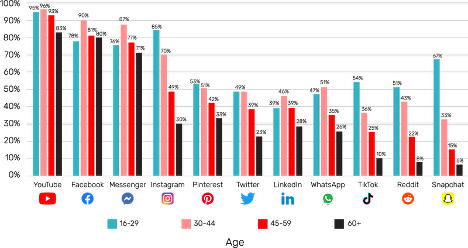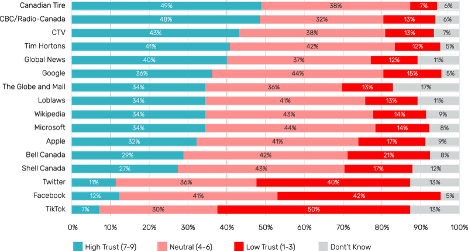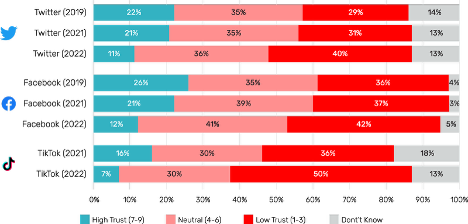Adisa Ameeri
Executive Summary
Bill C-63, otherwise known as the Online Harms Act, is a policy initiative proposed to protect minors and other vulnerable groups against digital crimes and online hate.1 The key objectives of Bill C-63 is to protect the rights of its citizens whilst limiting polarization and online crime against vulnerable communities.
Policy Overview
Bill C-63 covers a range of issues, but they focus on four main points:
- To address the issue of online abuse and harm, including content that incites violence, and nonconsensual distribution of intimate images etc.2
- To make amendments to the Criminal Code which would create and increase penalties for hate speech related crimes. Penalties would include; life imprisonment. The Bill also proposes a recognizance to ensure peaceful behaviour.3
- “Would reintroduce a section of the Canadian Human Rights Act to enable human rights complaints during and for internet communications.”4
- Would implement mandatory reporting measures to protect, prevent, and stop the spread of child pornography.5
Problem Policy Addresses
The issues this policy addresses revolve around the digital world being fairly new and anarchic. Yet held together by terms and agreements of companies. Canada’s Bill C-63 is a way to limit crime in an anarchic digital world and support those who fall victim to predatory behaviour. It is needed to implement safety requirements that platforms must follow within Canada to keep individuals safe.
Figure 1: Use of Online Platforms by Age in Canada

The Toronto Metropolitan University’s survey on the social media platform used by individuals of all ages and details how individual ages 16-29 are most prevalent or take up a large majority of a platform’s audience.6 Taking into account the demographics of Figure 1 above, reveals the impact of social media on audiences.
Figure 2: Reported News Sources – by Age in Canada

Figure 2 goes on to reveal each age group engaging with news on the respective platform.7
Figure 3: Canadians’ Trust to Act in the Best Interest of the Public

Figure 3 reveals Canadians’ trust towards each respective platform to behave in a manner that is in the best interest of its consumers.8
Figure 4: Canadians’ Trust in Social Media Platforms Continues to Fall

Figure 4 indicates that Canadian trust in social media platforms only continues to fall in the media users consume on the respective social media platforms.9 An example is how TikTok has replaced Facebook as the least trusted social media platform.10 Each graph indicates the problem with people’s trust in media which has diminished via misinformation and disinformation as well as many people who fall victim to predatory behaviour.
Analysis of the Policy
The proposed bill had sparked conversations around online safety however, due to the limitations presented such as the possible threat of censorship and weaponization of the well-intended bill, the policy had been turned down. One of the main concerns of the policy was the “changes that would be made to…” s. 810.012 of the criminal code, where a new type of “pre-crime” would be added.11 Where if a judge and attorney general believed someone to be at “high-risk for voicing online hate” they could impose bond conditions even if they have not committed a crime.12 Instead of implementing an arguably drastic measure, picking and choosing what would be helpful to society is better, like taking out the pre-crime clause and keeping the Human Right act within the Bill.
Conclusion
The proposed bill is somewhat effective with the issues it attempts to solve however, many parts of the bill can risk “…hurting Canadian’s fundamental rights”13 if wrongfully applied or convicted.14 There is much risk, but if the bill could be split, it can still prove to be helpful to Canadian society and protect them from predatory behaviour online.